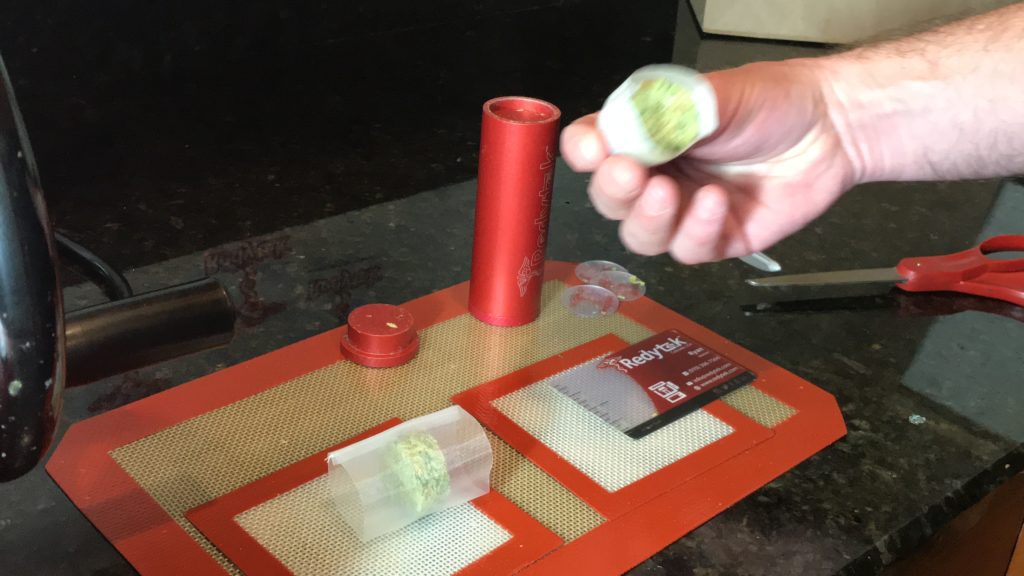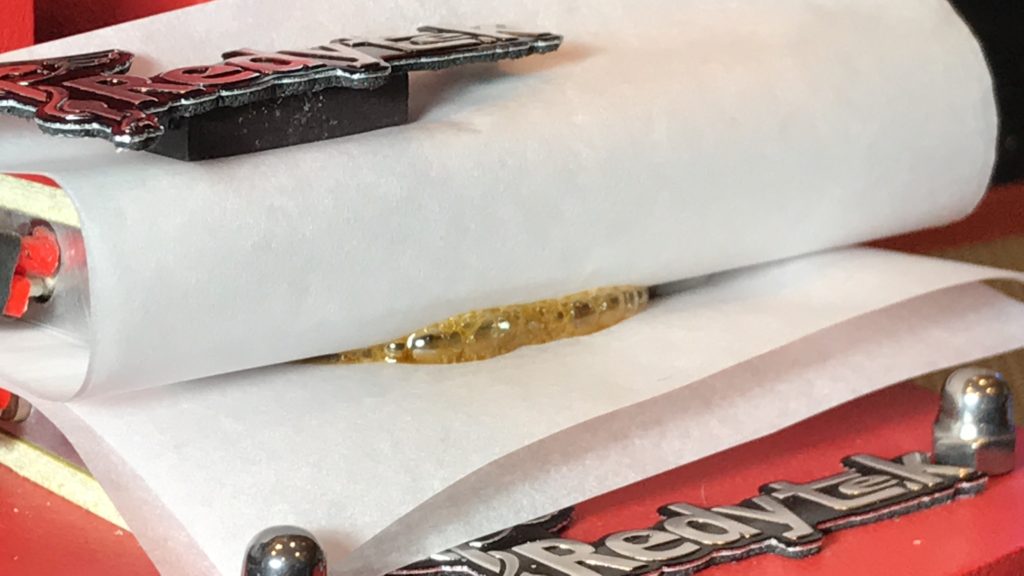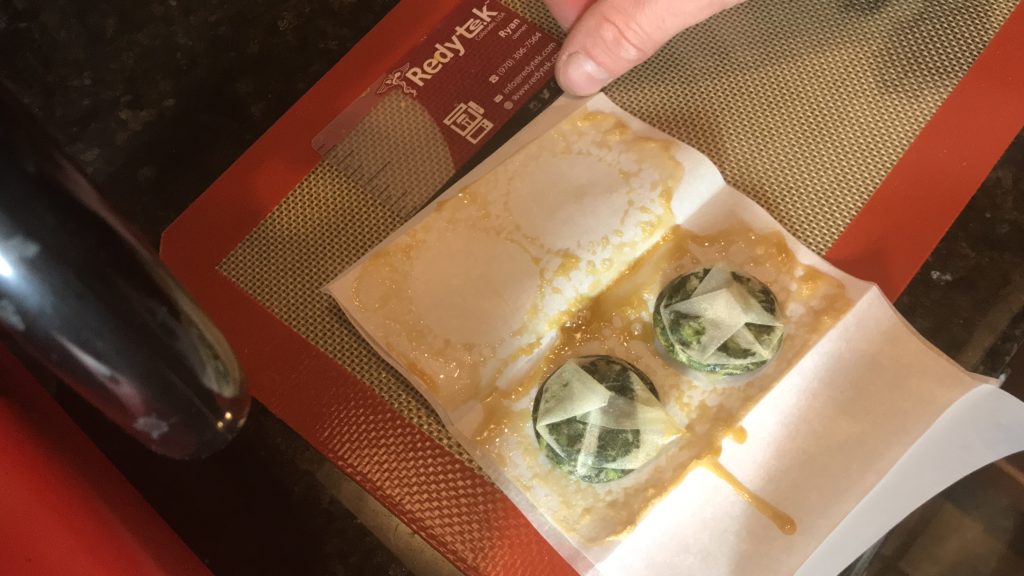Press Scranton Dispensary Material into Solventless Flower Rosin
Scranton Medical dabbers make solventless rosin concentrates at home!
Did you know the purchasing of Medical cannabis is now legal in Scranton Pennsylvania?
Now that dispensaries are open in Scranton for business, but how do you choose the dankest dispensary material for extracting into flower rosin? We have a few tips for you if you do decide purchasing material from a Scranton dispensary to make into solventless concentrate is the route for you.
Sometimes it’s not possible to grow your own, or maybe you don’t yet have a space to grow. That’s ok, dispensary material will work, if you take proper preparation and own a rosin press. Heat and pressure are all it takes to extract the flavorful trichomes from the plant material.


First and foremost, make certain you are going to a trusted dispensary in Scranton. You want to ensure you are speaking to an educated bud tender. This is when online reviews are your good friend. 4 star and higher rankings should suffice.
But don’t hesitate to look around the shops in Scranton. Various strains affect most people in different ways. Pick strains with cannabinoids, terpenoids, and flavonoids that work best for you. Then stick with them. There’s no embarassment in smoking the exact same strains every day.
Speak with your Scranton bud tender. Make certain they provide strains you like. Ask if they will continue to sell them down the road. There is great comfort in understanding how your medicine will treat you. The very same result each time.
Ask you bud tender when their Scranton crops harvest was. Older plant product that has been sitting around longer, will likely produce a darker rosin. It works, but not as flavorful as you might expect with fresher product.
Examine the moisture content of your Scranton dispensary product. Is it dank, filled with crystals and sticky when squished? Has it been handled much? Was it properly Kept in jars and burped regularly? Proper cure is important for high quality flower rosin.
Plastic bags will steal resinous glands from your flower by adhering to the bag. Product without frosty white crytals, will not produce as sizable of a return.

Material needs to be re-hydrated prior to squishing. Humidity can be added to material many ways. Include moisture to a sealed container with the material sealed inside. Within 12-36hrs material will be dank enough for effective rosin returns. Bring your flower up to 62% relative humidity. Do this the day before pressing. Don’t store material long term at high humidities.
What is the aroma of the material you will be utilizing? Solventless extraction retains delicious terpenes. The scent of the plant comes from these terpenes. These terps are then transferred through with the oil concentrate. The greater the fragrance, the greater the flavor of the rosin.
Use a 40x microscopic lense to examine the flower’s resinous glands. Are the trich’s swollen and cloudy? Have some turned amber? Does the flower appear to have a great deal of white crystals on it? You know the saying ‘fire in, fire out’, well it’s not a saying. It’s the truth!! It take high quality starting material to make fire rosin.
One thing to consider when choosing material for {echo(city)} rosin. Do you desire Indica, Sativa or a Hybrid? Keep in mind when you turn your flower into rosin, it becomes concentrated. Concentrates are much more potent than the flower it originated from, 60-90% or higher! The rosin will keep the same properties as the flower, bu stronger. Much stronger.
Choose sativa if you want to remain awake, focused, imaginative and talkative.
Pick indica if you have actually had a long day and want to relax, alleviate pain, rest.
Or chose a terrific hybrid.
Hybrids are a mix of both Indica and Sativa. Learn if the strains is Indica dominant or Sativa dominant or 50/50. Hybrids can impact each person differently. Try out your strain in plant form prior to pressing it into rosin. Be familiar with the strain. Get an idea of what to anticipate. Prior to turning it into a cleaner, more potent, oil.
Scroll Scranton Dispensary Map
Find Material in Scranton to Squish into Rosin!
Scranton is a city in the U.S. state of Pennsylvania. It is the county seat and largest city of Lackawanna County in Northeastern Pennsylvania’s Wyoming Valley. With a population of 76,328 as of the 2020 United States Census, Scranton is the largest city in northeastern Pennsylvania and the Scranton–Wilkes-Barre–Hazleton Metropolitan Statistical Area, which has a population of about 570,000, and the sixth largest city in Pennsylvania after Philadelphia, Pittsburgh, Allentown, Reading, and Erie.
Scranton hosts a federal court building for the United States District Court for the Middle District of Pennsylvania. The city is conventionally divided into nine districts: North Scranton, Southside, Westside, the Hill Section, Central City, Minooka, East Mountain, Providence and Green Ridge, though these areas do not have legal status. The city is the geographic and cultural center of the Lackawanna River valley and Northeastern Pennsylvania, as well as the largest of the former anthracite coal mining communities in a contiguous quilt-work that also includes Wilkes-Barre, Nanticoke, Pittston and Carbondale. Scranton was incorporated on February 14, 1856, as a borough in Luzerne County and as a city on April 23, 1866. It became a major industrial city and a center of mining and railroads; it attracted thousands of new immigrants. It was the site of the Scranton General Strike in 1877.
People in northern Luzerne County sought a new county in 1839, but the Wilkes-Barre area resisted losing its assets. Lackawanna County did not gain independent status until 1878. Under legislation allowing the issue to be voted by residents of the proposed territory, voters favored the new county by a proportion of 6 to 1, with Scranton residents providing the major support. The city was designated as the county seat when Lackawanna County was established in 1878, and a judicial district was authorized in July 1879.
The city’s nickname “Electric City” began when electric lights were introduced in 1880 at the Dickson Manufacturing Company. Six years later, the United States’ first streetcars powered only by electricity began operating in the city. Rev. David Spencer, a local Baptist minister, later proclaimed Scranton as the “Electric City”.
The city’s industrial production and population peaked in the 1930s and 1940s, fueled by demand for coal and textiles, especially during World War II. But while the national economy boomed after the war, demand for the region’s coal declined as other forms of energy became more popular, which also harmed the rail industry. Foreseeing the decline, city leaders formulated the Scranton Plan in 1945 to diversify the local economy beyond coal, but the city’s economy continued to decline. The Knox Mine disaster of 1959 essentially ended coal mining in the region. Scranton’s population dropped from its peak of 143,433 in the 1930 census to 76,089 in the 2010 census. The city now has large health care, academic, and manufacturing sectors.
Scranton is 76 miles (122 km) north of Allentown, 125 miles (201 km) north-northwest of Philadelphia, and 120 miles (190 km) west of New York City.
